
How much does FCC certification for electronic products cost?
What is FCC certification?
FCC stands for the Federal Communications Commission, which is responsible for the safety certification of electronic products sold in the US market. The radio frequencies emitted by wireless products must fall within the FCC's approved range to be consideRED compliant and eligible for sale in the US market.
Which cross-border e-commerce electronic products need FCC certification?
Generally, electronic products entering the US market need FCC certification, especially those with Bluetooth, infrared, wireless WiFi, and other functions, particULarly those with FCC labels. Examples include:
1. Audio-visual products: Bluetooth speakers, Bluetooth headphones, Bluetooth cameras, stabilizers with wireless transmission for video, cameras, etc.
2. Wearable products: Bluetooth watches, Bluetooth glasses, health and fitness trackers, smartwatches, etc.
3. Children's toy products: Wirelessly controlled toy cars, drones, planes, boats, etc.
4. Consumer electronics and computer peripherals: Laptops, wireless printers, tablets, smartphones, wireless power banks, wireless chargers, wireless MICe, wireless keyboards, routers, switches, portable Wi-Fi devices, etc.
5. Home appliances: Wireless smart home devices, fans, rice cookers, humidifiers, wirelessly controlled lighting fixtures, robotic vacuum cleaners, cordless vacuum cleaners, etc.
Do export products need fcc id or fcc sdoc certification?
For commonly encountered electronic products, apart from wireless transmitters, scanning receivers, power line broadband access, radar detectors, etc., which require FCC ID, others can be certified with sdoc.
1) Common ordinary products usually only need fcc sdoc certification, such as robotic vacuum cleaners, fans, etc. The certification fee is relatively low, around $500, and the process takes approximately 1-2 weeks.
2) Products with wireless functions require fcc id certification, such as Bluetooth speakers, wireless printers, smartphones, etc. The certification fee is approximately $1500, and the process takes about 4 weeks.
What is required for applying for FCC certification?
1. Fill out the FCC certification application form, including manufacturer information, applicant information, and detailed address.
2. Provide 2-3 product samples for testing.
3. Parts list.
4. Operational frequency table.
5. Circuit diagrams, product circuit design, and operational principle explanations, including wireless antenna design, etc.
6. Product user manual, a comprehensive guide for installing and using the product, including installation steps, usage instructions, detailed functions, etc."
Email:hello@jjrlab.com
Write your message here and send it to us
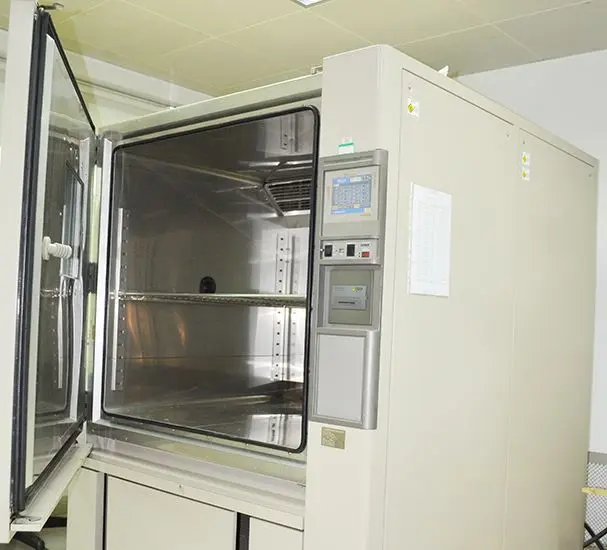 How to Test IP68 Rating
How to Test IP68 Rating
 Differences Between FDA and LFGB for Food Contact
Differences Between FDA and LFGB for Food Contact
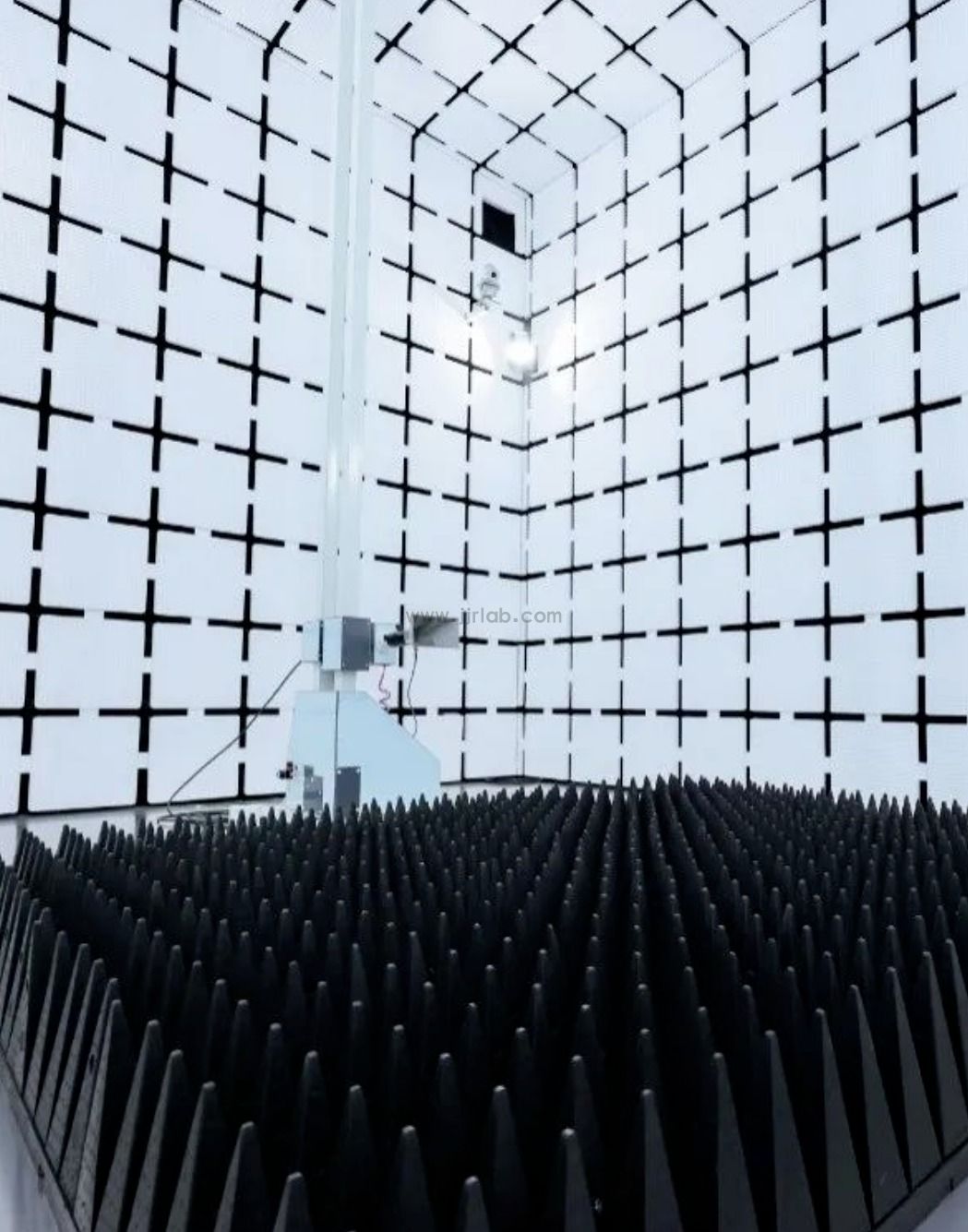 Process and Precautions for Amazon CPC Certificate
Process and Precautions for Amazon CPC Certificate
 E-mark Certification Testing Service Laboratory
E-mark Certification Testing Service Laboratory
 Amazon ISO/IEC 17025 UL Testing Service Laboratory
Amazon ISO/IEC 17025 UL Testing Service Laboratory
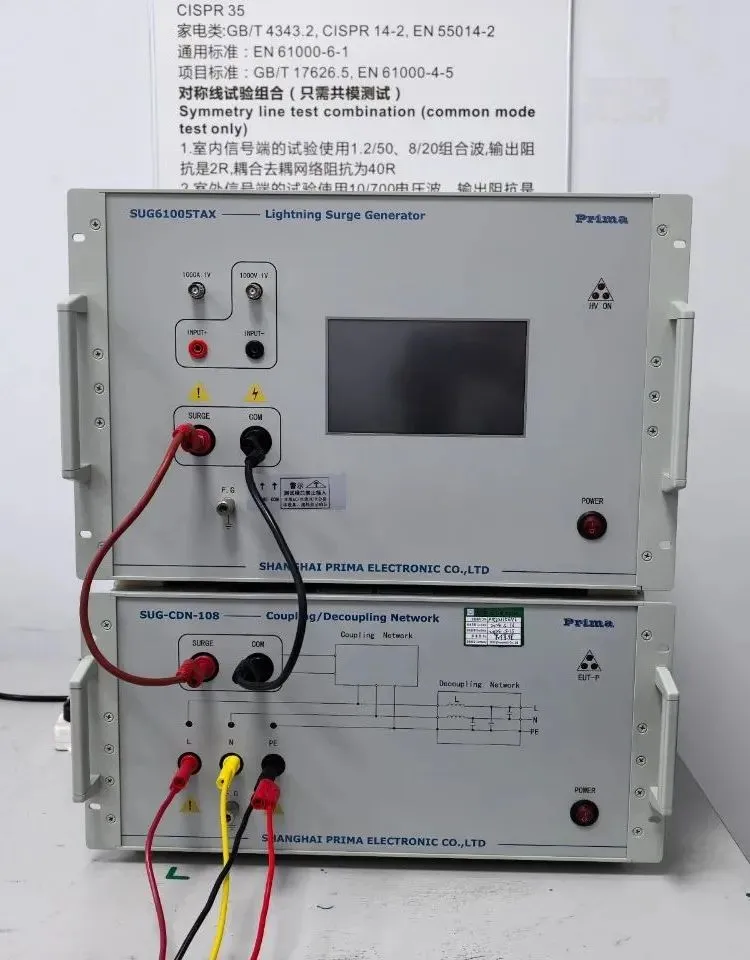 How to get CE Certification for Lighting Products?
How to get CE Certification for Lighting Products?
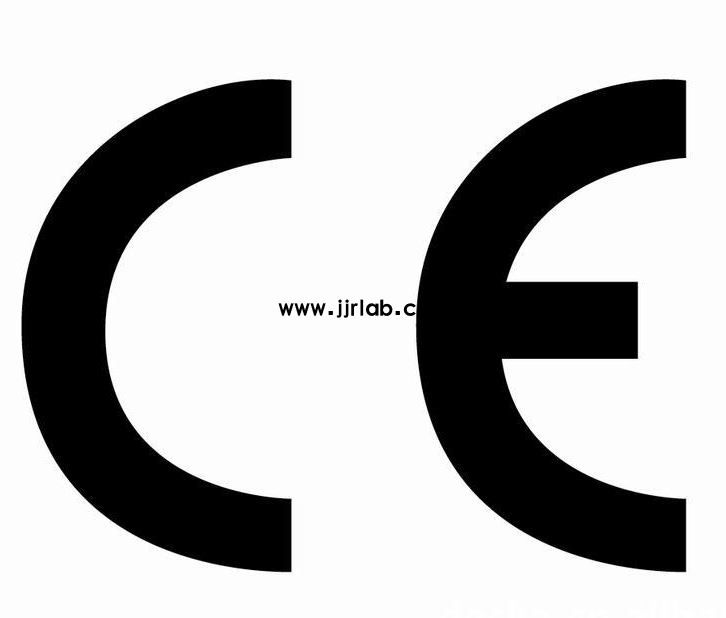 CE Certification Standards & Process for Elect
CE Certification Standards & Process for Elect
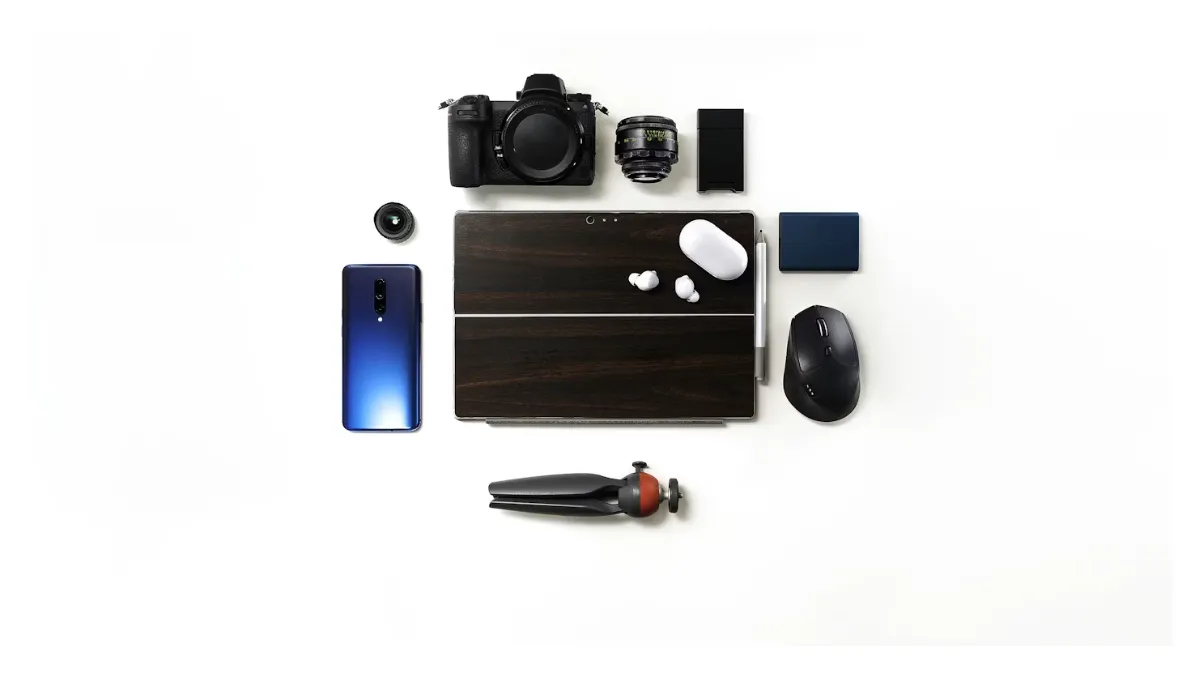 Japan METI Registration & Japanese Agent Servi
Japan METI Registration & Japanese Agent Servi
Leave us a message
24-hour online customer service at any time to respond, so that you worry!




